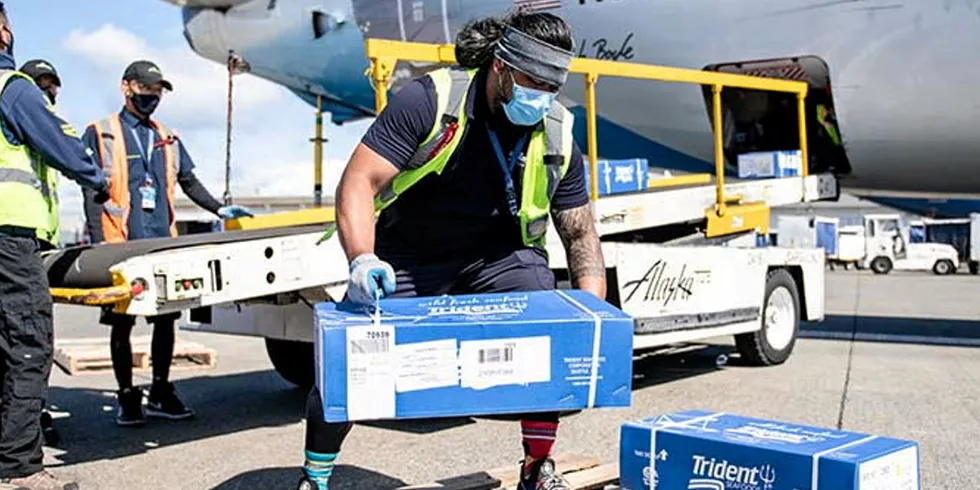Alaska's Copper River salmon harvest projected to rebound sharply this season
Though the forecasted figures are well below long-term averages, the numbers would be a welcome turnaround from two consecutive disappointing seasons.

Though the forecasted figures are well below long-term averages, the numbers would be a welcome turnaround from two consecutive disappointing seasons.
